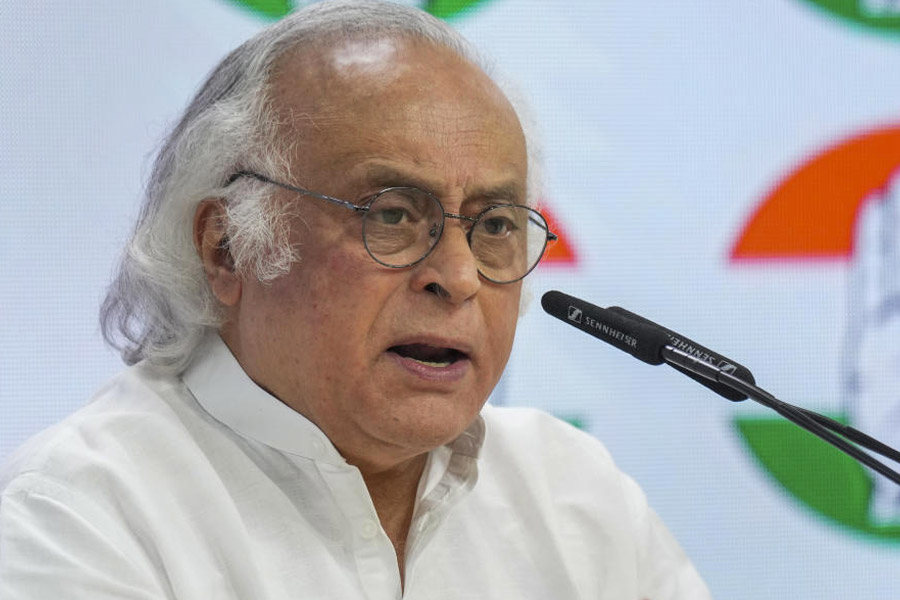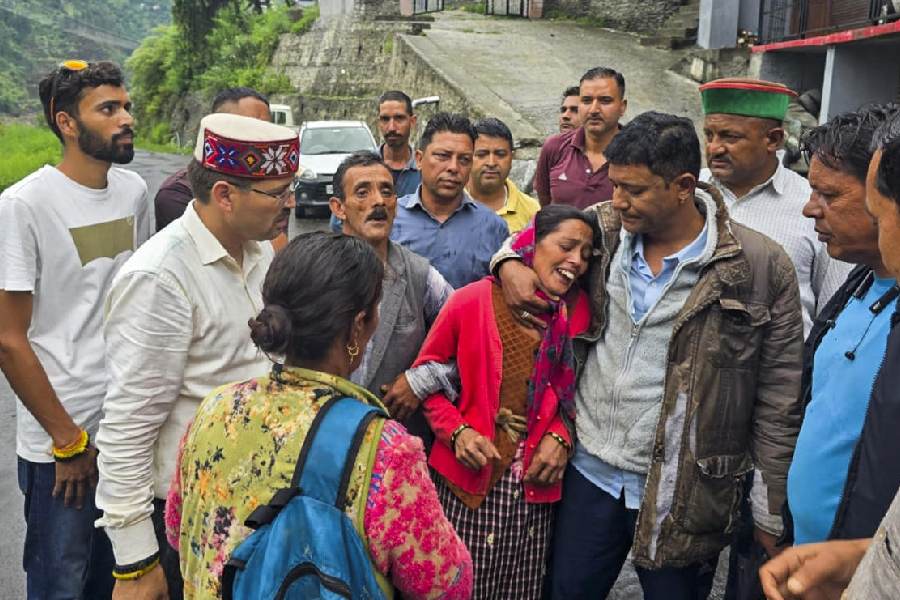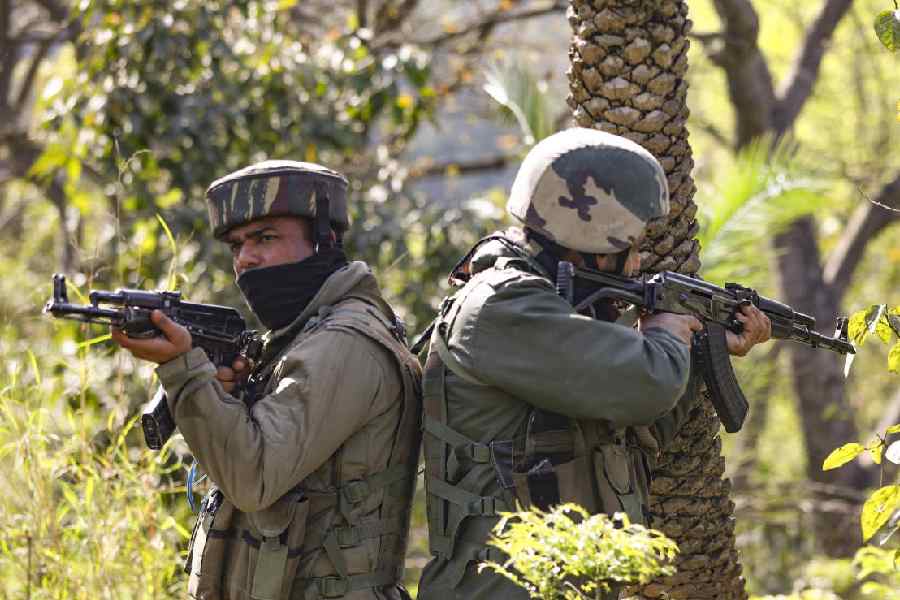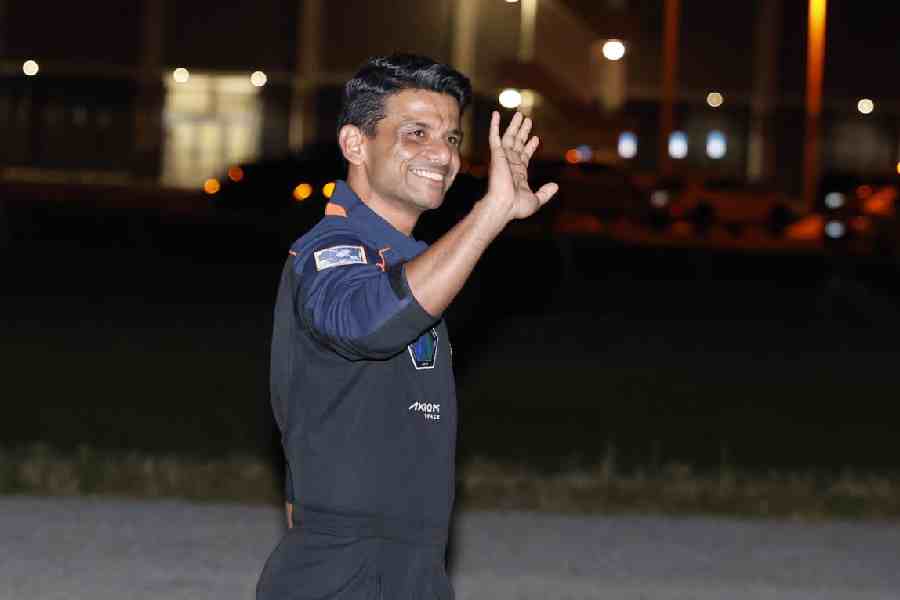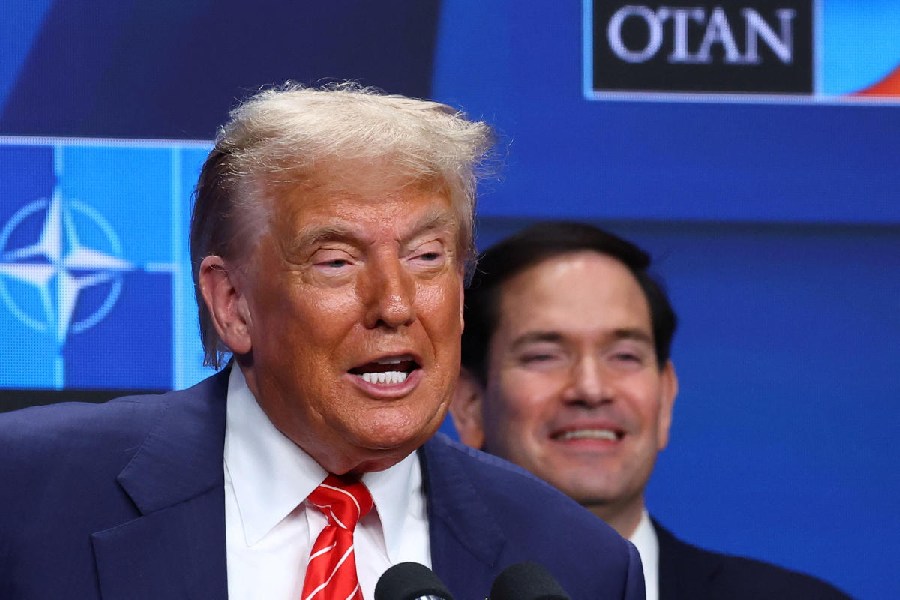 |
| People Power: Nagaland chief minister Neiphiu Rio flags off the Commonwealth run from Lirie junction in Kohima. Picture by Eastern Projections |
Nagaland chief minister Neiphiu Rio is no pushover. On the contrary, he is what the yuppies would call a “cool dude”. Rio has learnt to wield his policy of equidistance from both militant factions (euphemistically called the Naga nationalist soldiers), as a double-edged sword.
When the two rival factions National Socialist Council of Nagalim (Isak-Muivah) and NSCN (Khaplang) recently launched into yet another turf war, akin to a pitched battle, Rio’s government decided to remain equidistant from the scene of action. His detractors are naturally baying for his blood. They have approached Governor Shyamal Dutta to invoke Article 355 of the Constitution and recommend President’s rule in Nagaland.
Rio’s acerbic remarks thereafter display a complete lack of sensitivity about the incident of October 26-28 this year when rocket launchers, snipers and AK rifles boomed in Zunheboto district and sent about 4,000 people scurrying for cover.
Neiphiu Rio was, of course, not too far off the mark. He said when nationalist workers are fighting each other, how can a state force (government) perceived as ‘Indian’ and by definition ‘alien’, intervene in that free-for-all?
While Rio would not mind thrashing the NSCN (K) rebels, he and his government would be pulverised if they happened to land a blow on an (I-M) mutineer.
That tells us something about ideological affinity or the lack of it. No wonder Rio, in his smug wisdom, thought it wise to stay away from the theatre of violence. Why should he care if a few people died on either side of the divide and if there were civilian casualties too?
Nationalism demands a price and Rio feels the Naga people should be ready to pay this price each time rival groups decide to engage in a bloodletting spree.
There are Nagas who believe hoping for a settlement is a vain angst. Those who are in trade and commerce have had to pay through their noses to survive. Extortion demands, particularly from the NSCN (I-M), has all but destroyed Naga business.
Other non-tribal traders say they survive because they recover all their costs from the consumer. In a sense they feel a deep sense of remorse in having to charge their customers far beyond the prescribed rates. No wonder you do not have consumer protection courts in Nagaland. Even the lowly vegetable vendor who earns a pittance, has to pay for her stall plus a tax to the NSCN (I-M).
Nagas are beginning to wonder whether this battle of wits between Delhi and Naga ideologues will ever end. And what the end results would be if there really was a ‘solution’. They are beginning to articulate, albeit in muffled tones, whether life would be better then than it is now. And they certainly are very doubtful about the future.
In a situation where diplomacy has become second nature and people have learnt the art of doublespeak so as not to offend anyone, truth becomes the first casualty. It is difficult to assess the current ‘Naga’ worldview as perceived by those born after the tumultuous years of killing and being killed.
One wonders, and not wrongly, whether the young of this generation have a role in articulating their views even if those views fiercely contest those held by the elderly statesmen of Naga society.
Are the ideologues themselves open to new ideas in the light of an ever-changing socio-economic and socio-political setting in the real Naga society, far removed from the comfortable lifestyles of the leaders in Amsterdam?
There seems to be a perception among Naga elders that the youth do not have enough wisdom to speak to the outside world about Naga nationalism. In fact, this nationalism has bred a group of spokespersons who have become repetitive. Most of them only air the views of the NSCN (I-M) because to do otherwise would bring horrible reprisals. There is, therefore, no fresh flow and circulation of ideas, no debate, and no dissent.
A professor at the North Eastern Hill University (Nehu), speaking at a conference organised by Naga youths, said he did not want to comment on the Naga struggle, but what pained him the most is that Nagas no longer respect human life. Human lives, he said, have become as cheap as that of butchered animals.
Now that should tell us something about the collective consciousness of Nagas living outside Nagaland. They dare speak their minds because they are not in Nagaland. So can a repressive environment give birth to a liberal, sovereign Nagaland? Or does Naga sovereignty exclude liberal democratic ethos. If so, can people continue to live under such repressive regimes?
Many of us refer to the Taliban establishment as if it is in some distant hell. What we do not appreciate is that repressive regimes are born precisely because people dare not speak up for themselves. Will the Naga elders allow their young people the freedom to break away from narratives of the past? Why must they nurture the same feelings of bitterness and revenge or hope for something that is illusionary. Don’t they have the freedom to pursue their future the way they choose to without being made to feel guilty for not subscribing to the cause and perpetuating it?
The youth of today are pragmatic. They want to move on with life and secure their own future and that of their offspring. Perhaps they no longer even want to nurture the polluted air of idealism that their elders have been breathing for 60 years. If breaking away from the past will not be construed as a betrayal to the cause, then it is possible that we might see an entirely new shift in Naga political discourse. But that is what the leaders fear the most and so also the generation of elders who have learnt to live their lives in a set pattern pursuing the Naga dream. They would not know what to do if Naga nationalism is achieved. Very recently the Nagaland Baptist Church Council (NBCC), smarting from allegations that the church has been a passive onlooker to the fratricidal murders brought out a dialectically crafted proposal for healing and reconciliation.
Sadly, as soon as the booklet was released, the NSCN (K) accused the NBCC of cosying up to the Muivah faction and expressed their lack of confidence in this church body. But the NBCC need not take this allegation too seriously. Both factions of the NSCN have indulged in similar polemics whenever they have failed to co-opt any institution to their ideological moorings.
Today, the NBCC is perhaps the only institution that is equidistant from all warring parties and in whom the hope for bringing about a climate of sanity rests. Neiphiu Rio wants to go down in history as the man who bartered peace for Nagaland. Hence his government is doing everything except enforcing law and order.
Dimapur has become a commercial hellhole where trucks carrying goods to Kohima and Imphal are heavily taxed by the government on one side and by the NSCN (I-M) on the other. People of Manipur have suffered tremendously from this obscurantist form of taxation. Each truck is demanded an exorbitant sum in order to enter Senapati, en route to Imphal and beyond. Prices of essential commodities, particularly of building materials, have skyrocketed. The same is the case in Kohima or Mokokchung.
The Dimapur mafia is perhaps comparable only to the Mumbai underworld. Yet while the government of Maharashtra hunts the underworld gangs, Rio turns a blind eye to the abominable methods of extortion practised by the militia in Nagaland. On its part Delhi is simply looking the other way even though ceasefire ground rules are violated with impunity by both factions.
The question is how far will civil society tolerate this daylight thievery, all in the name of Naga nationalism. Yes, Naga civil society will have to speak up and protest. If Naga nationalism means complete criminalisation of society, then I am afraid the Nagas are pursuing a lost cause.


